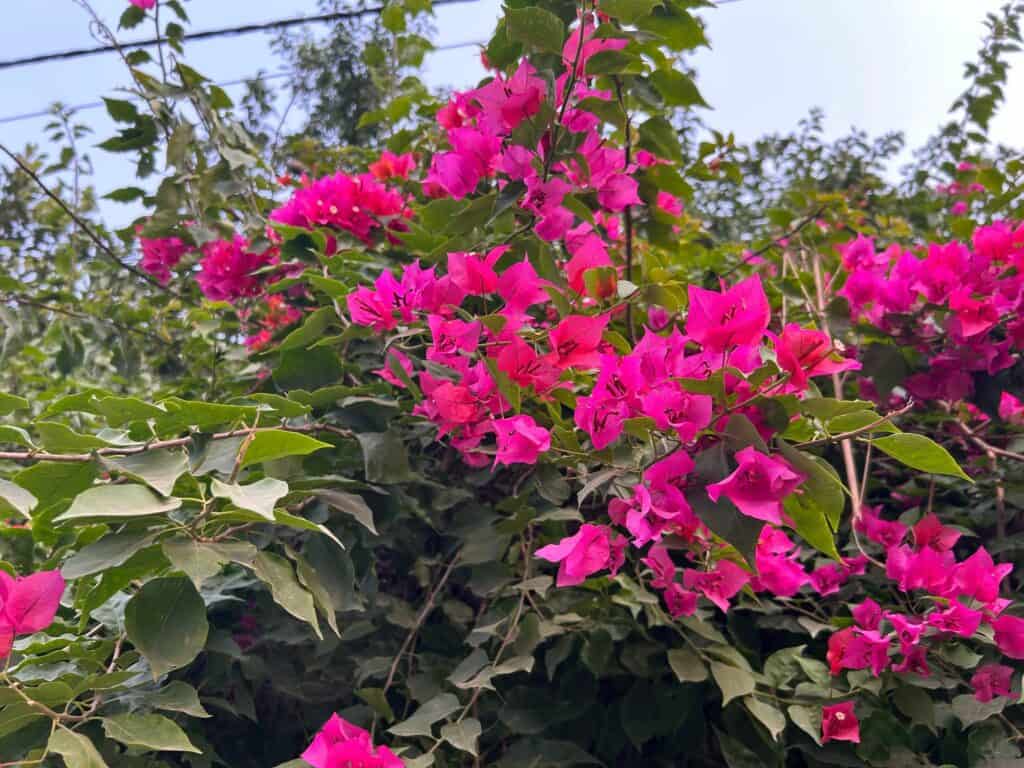Ready for thunderstorms in the lightning capital of the United States? July’s average of 23 storms tops any month of the year. Expect precipitation of 8 to 9 inches. The rainy season eases the BSM irrigation water’s salinity creating opportunities for new plantings.
• Selecting Plants – Look around at what is doing well within our community, noting – is it closer to the front entry or the marina? The eastern part (front entry) is colder in the winter and tends to get more rain. The western section (closer to the water) is more temperate. Then, ask yourself about the irrigation water source. Community’s irrigation (harsh, salty)? Soundings Lake (low salt)? Private well (virtually no salt)? Will the irrigation water hit the plant leaves (salt burn)? Will the site provide afternoon shade (almost all plants benefit from a bit of relief from the sun)? Then, ask when, for instance, was that gorgeous split-leaf philodendron planted? The big ones along Islamorada are healthy and vigorous, but all were installed years ago when our irrigation water was far less harsh. These plants literally grew up with the increasing high TDS in the water. Instead, consider using the hibiscus and ixora, especially the Nora Grant variety.
• Plant palms and ornamentals (tropical and flowering) during the rainy season to ensure a constant supply of moisture to establish healthy root systems. Despite the fact that a plant might be listed as “highly salt tolerant” it wasn’t raised on salty water.
• Plants native or naturalized to the subtropics (that’s us) are generally drought, heat and salt tolerant. They are tough, but they need good drainage so their roots don’t rot during the rainy season.
• Longevity is a relative issue with plants under our conditions. Many shrubs tap out after 5-7 years. As plants age-out they become more vulnerable to disease and pests. Your landscaping plan should anticipate change. Don’t ignore it.
• Lawns with dead areas are the result of the extended drought. Then, along came chinch bugs. Rain brings bugs to the surface where they begin munching. They head to hot spots near hard surfaces that heat up quickly. Use an appropriate insecticide, wait a week or so, remove the dead turf, add topsoil and keep it moist to encourage Floratam grass runners to fill in. Large areas affected? Try Floratam plugs.
• Mulch should be at least 2 inches deep, but not up against the plant’s stalk or trunk, where it will encourage fungus by inhibiting air circulation. Mulch tends to compact and form a barrier even from water. Where mulch has not broken down, break it up. Try a year without another application if you find build-up.

• Bougainvillea – Haven’t pruned your bougainvillea? Do it now! The first week of July is the last safe time to prune and yield a great bloom later in the year.





